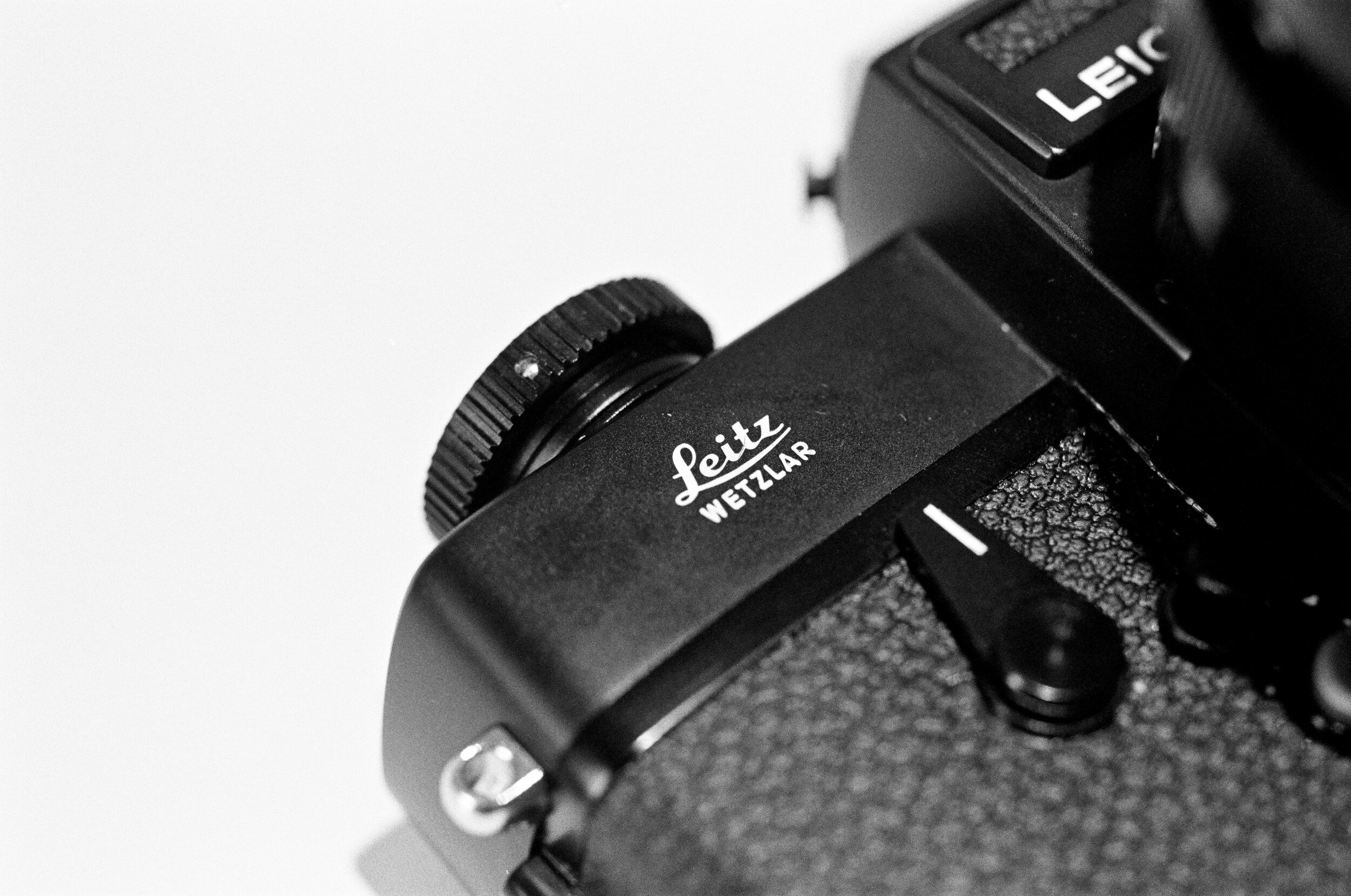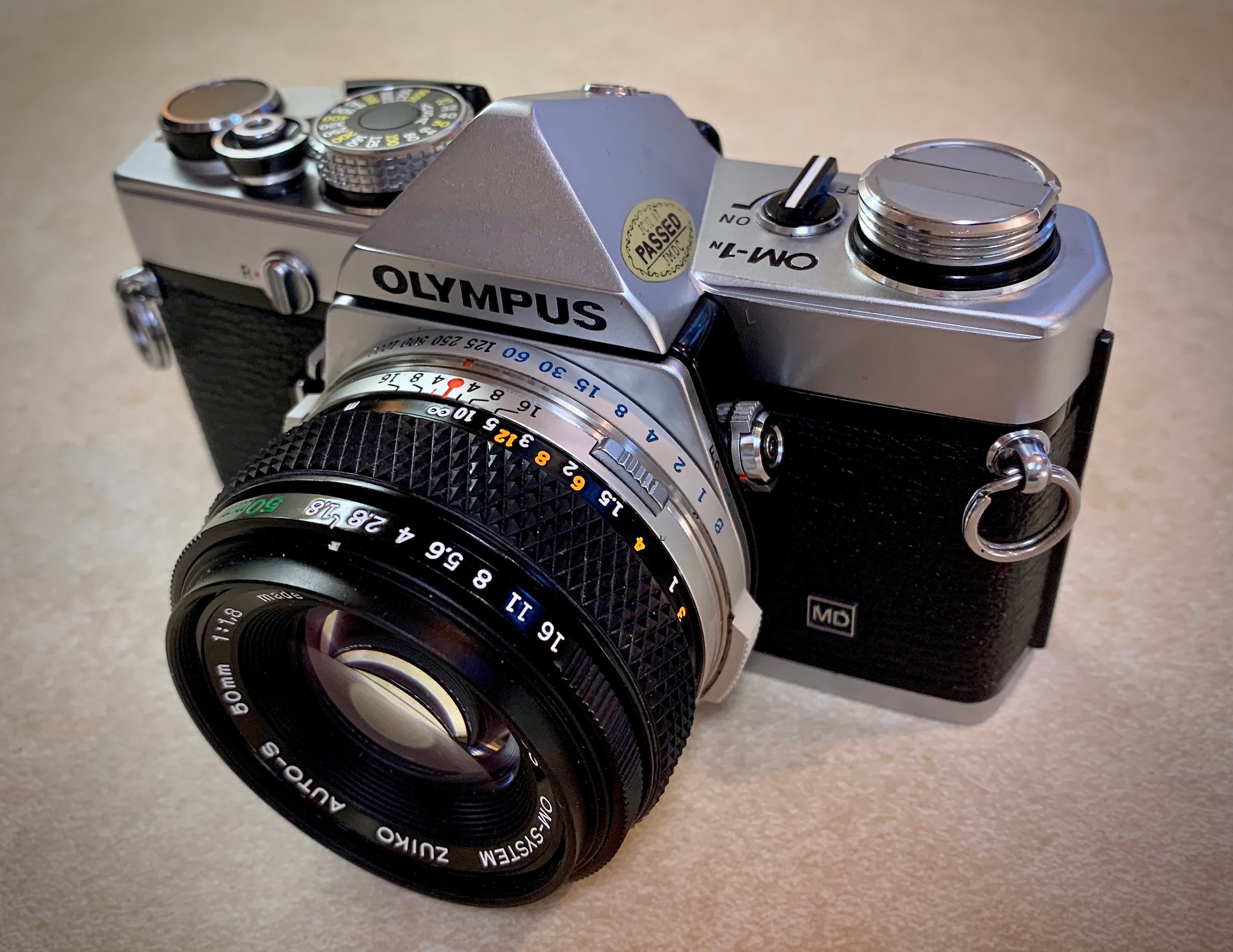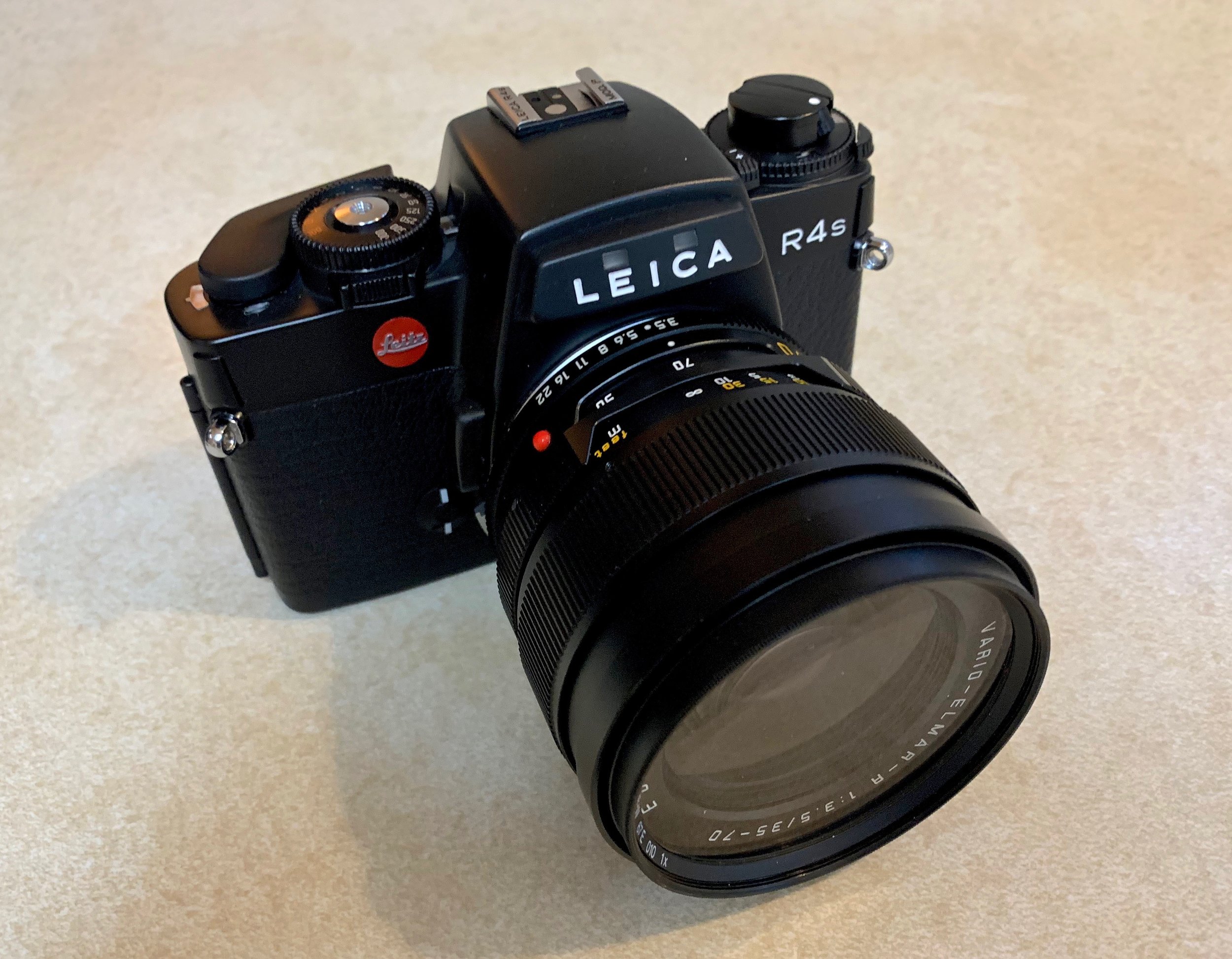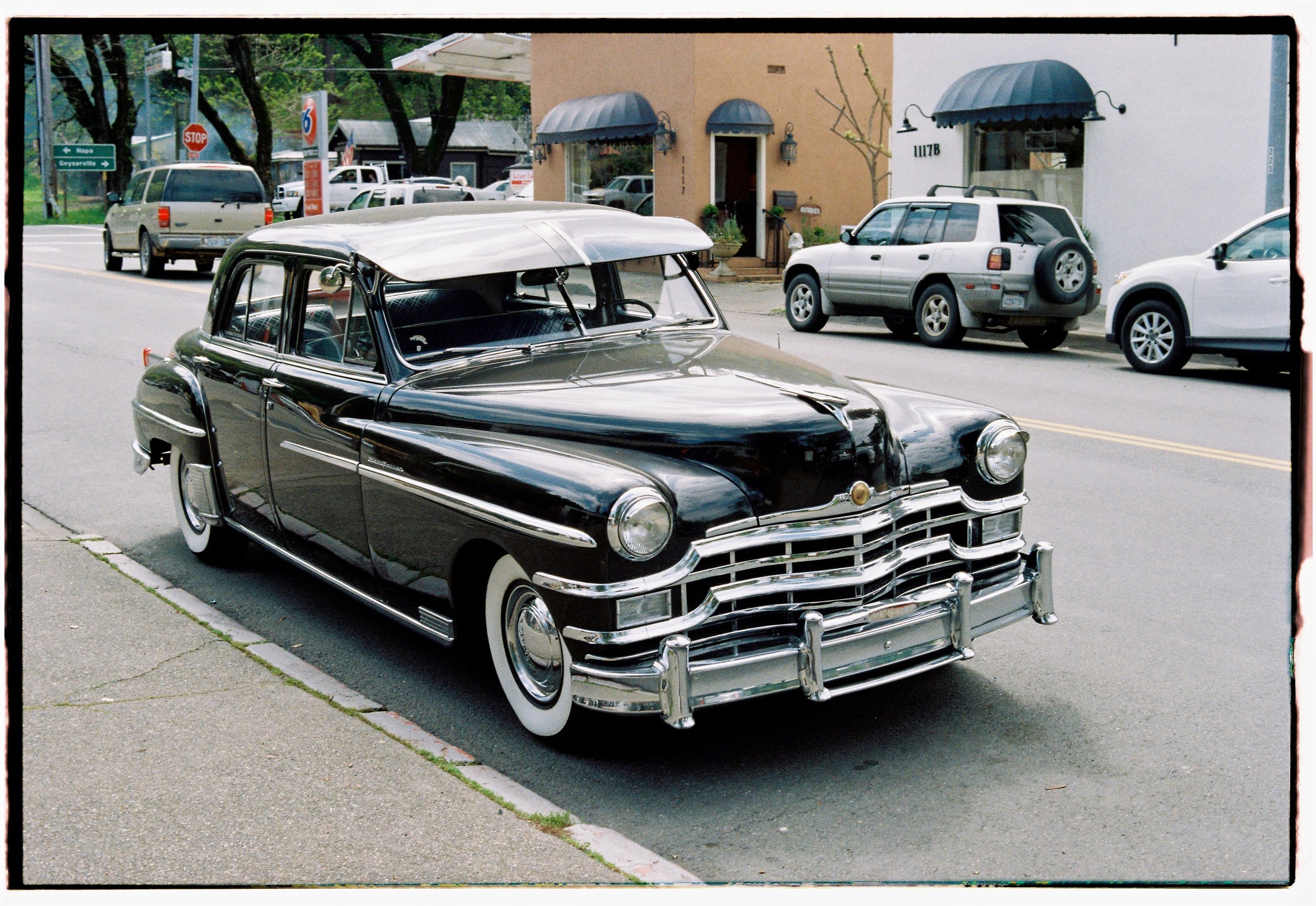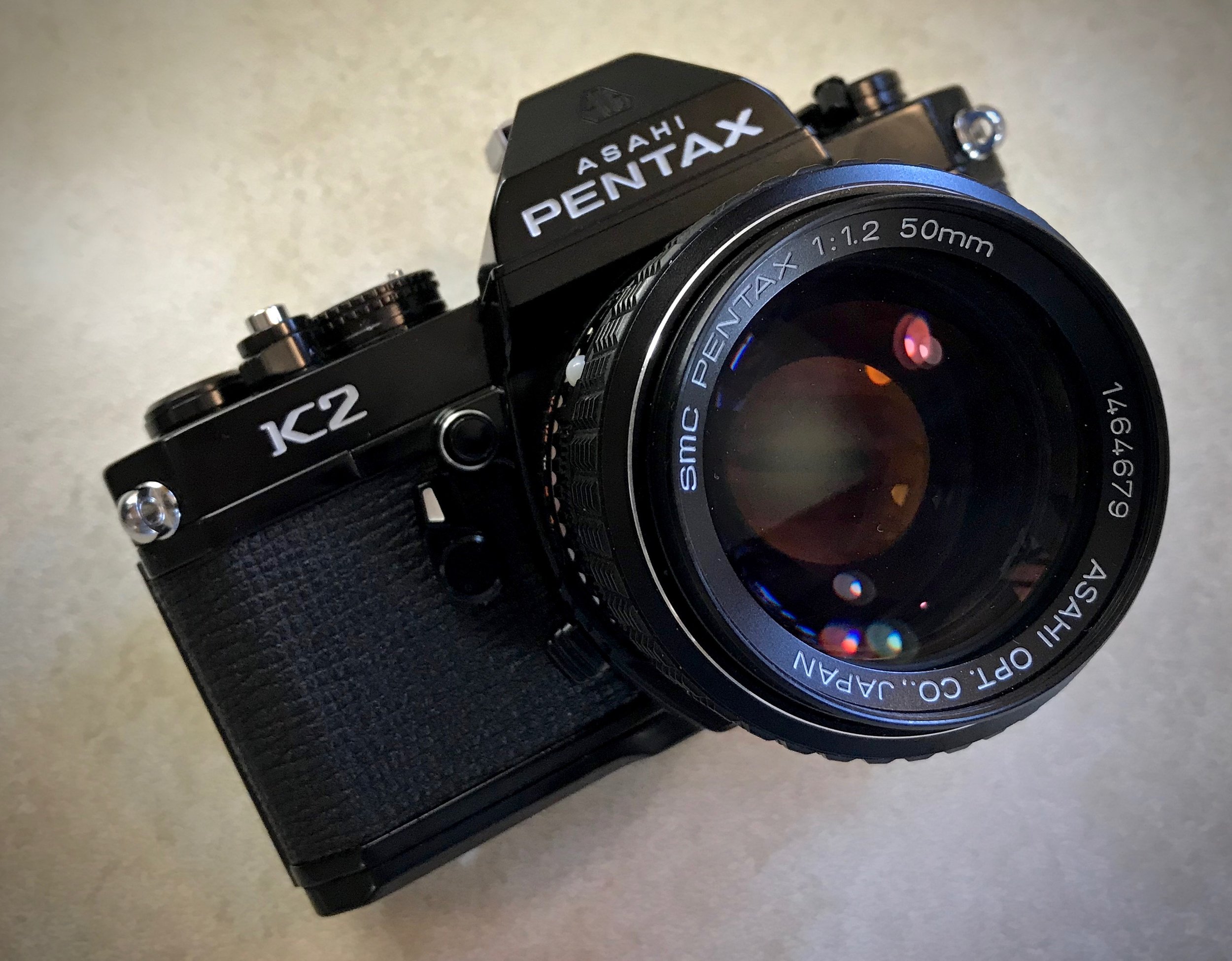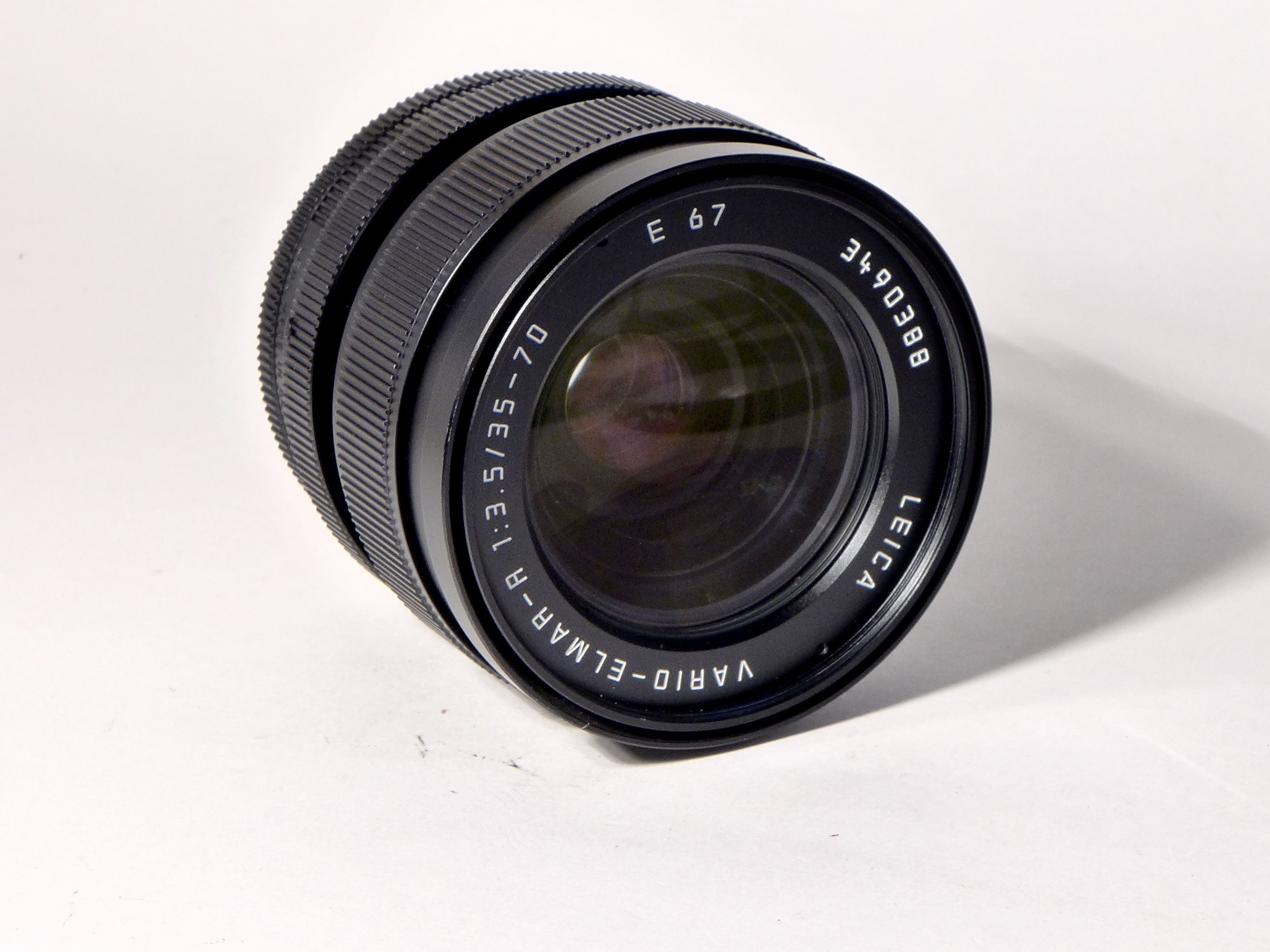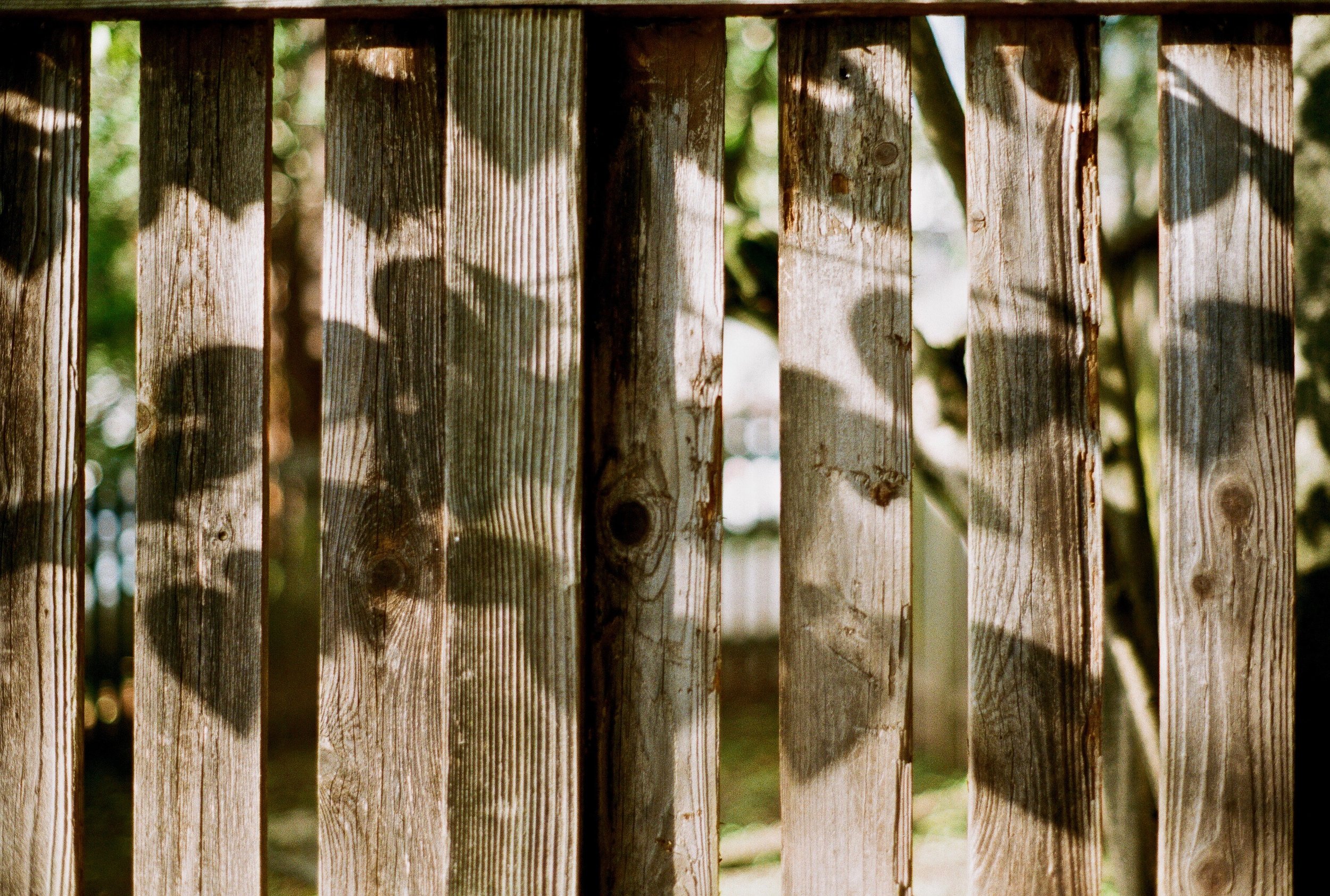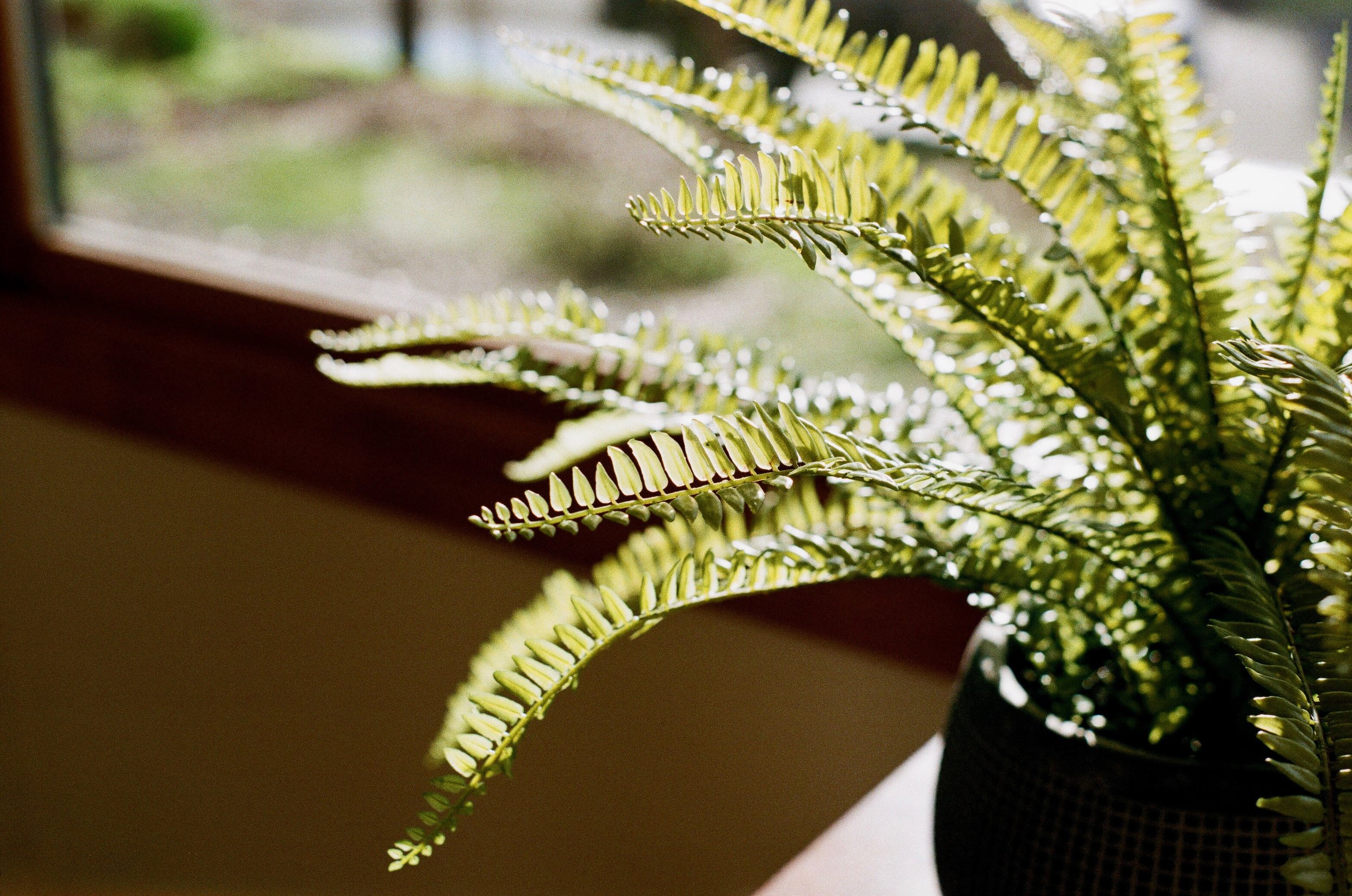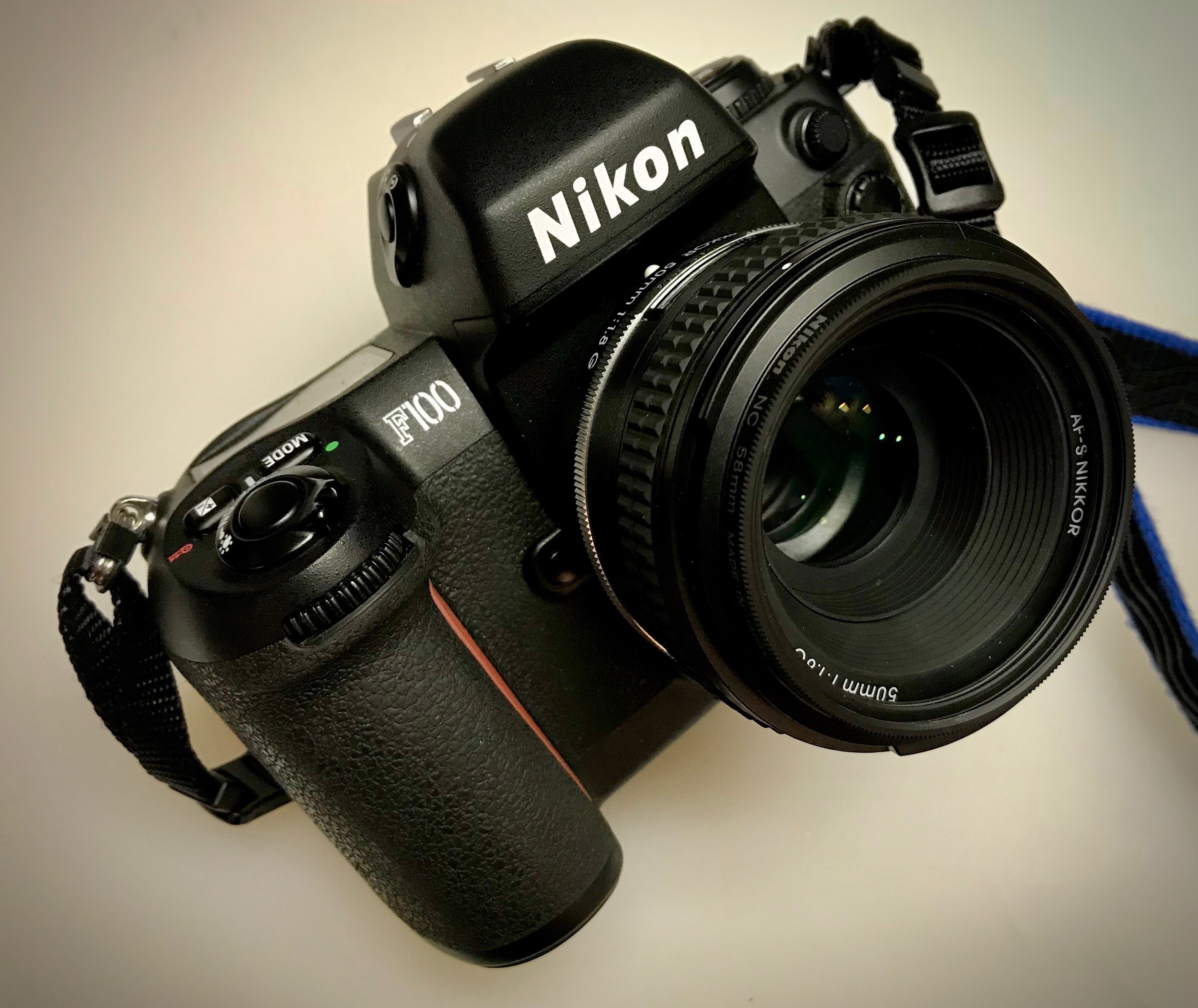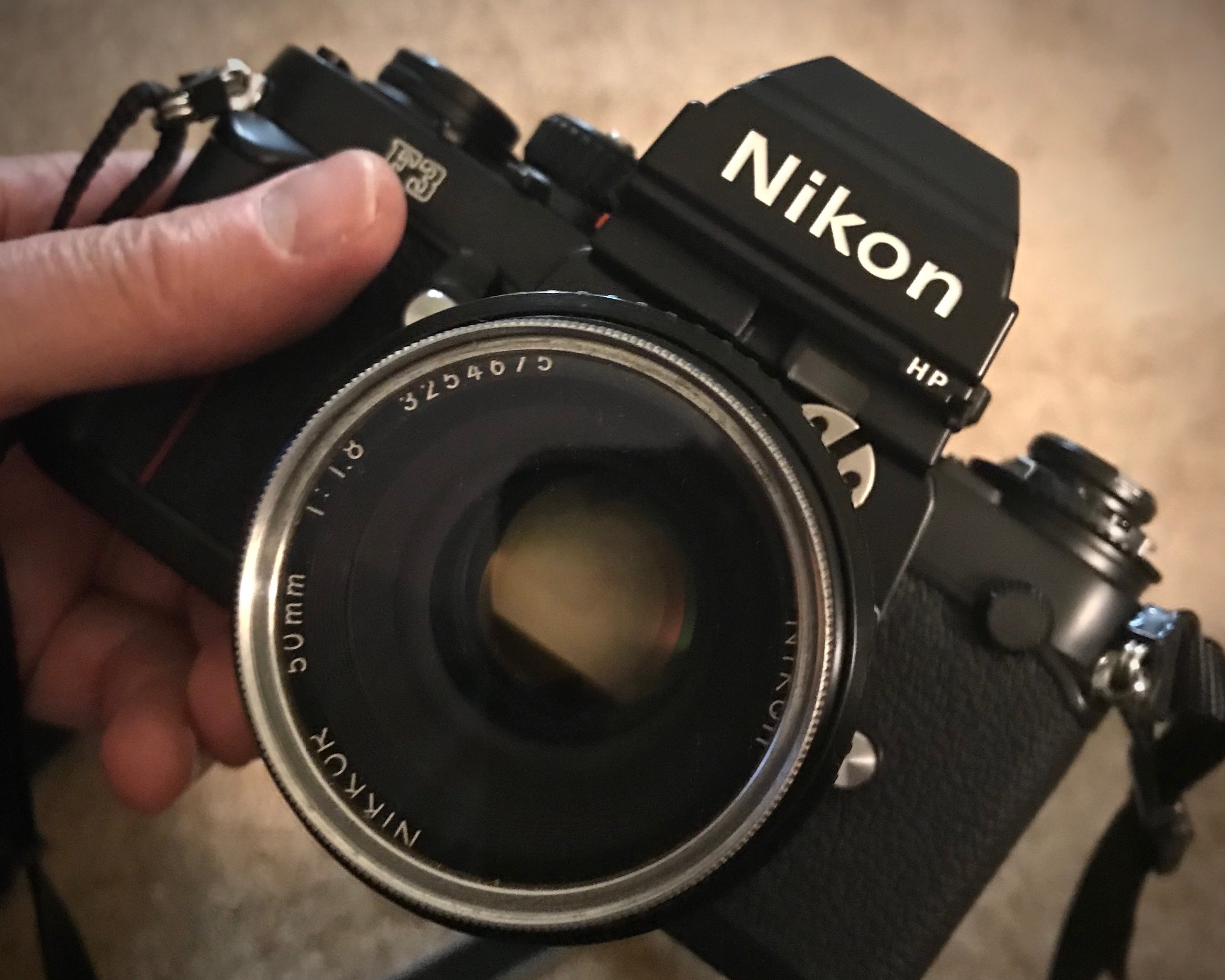The expansion included more classrooms, a lecture hall, new cafeteria, laboratories and an art department complete with a then, state-of-the-art darkroom. Photography was part of the art elective and included instruction in black and white film development and printing. For students who did not own a camera, there were about a dozen brand new Minolta SRT102 cameras that could be signed out on a first come, first serve basis. I was fortunate to have use of my father’s Kodak Retina IIc rangefinder, so I did not qualify for the camera loan program, but all of us in the class got to handle these new Minoltas and I recall being quite impressed the first time I looked through the viewfinder of a single lens reflex camera.
The Minolta SRT102 was a 1973 upgrade of the classic SRT101 camera. Upgrades were minor. For the first time, both shutter speed and lens aperture were visible in the viewfinder (big stuff in 1973) and a split image focusing screen was used. The SRT line was manufactured for nearly 15 years. The SRT102 also marked the beginning of the confusing practice of Minolta assigning different names to the same model in different markets. My SRT303 was the European version of the SRT102.
Because the SRT102 was the first SLR camera I had ever experienced, trying one again has been on my bucket list for some time, but never high enough up on the list for me to pull the trigger and spend some cash. Whenever I did go looking for one, most of the examples I found were pretty tired until I stumbled across this example, recently CLA’d by one of my trusted sellers. For not much cash at all, I got a nice body and a 50mm f/1.7 MC Rokkor lens.
Lots of things were being manufactured out of plastic by the early 70s, but not this Minolta. It’s a big heavy hunk of metal and glass. If you have any experience with through the lens metered SLRs of this era, there are no surprises. The camera is fully manual with a match needle display in the viewfinder. Select any combination of shutter speed and aperture, center the needle in the display and you have correct exposure.
Minolta called their metering system CLC for Contrast Light Compensation, a predecessor to today’s matrix metering. I’m not sure how effective CLC is as I was able to fool the meter on several occasions, but for the most part, it did its job well.
My SRT303 arrived during a busy time with my move and new job, so the best I could do was shoot a roll of Fuji Industrial film around the house and yard. Unremarkable and uninspired, but any time spent with camera in hand is time spent well.


